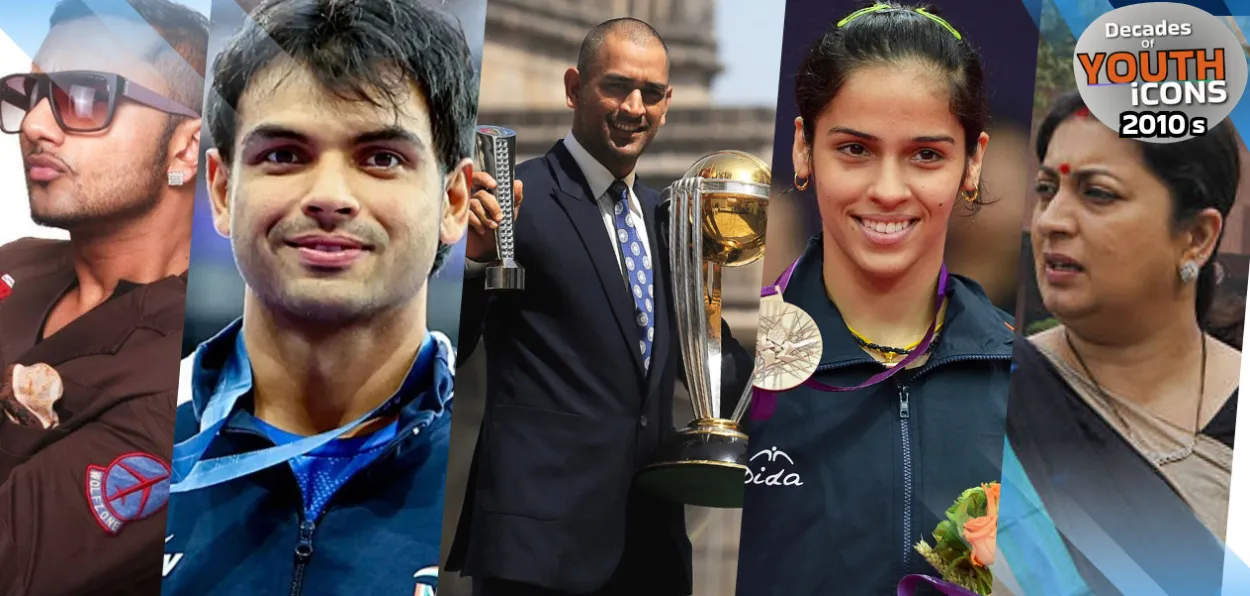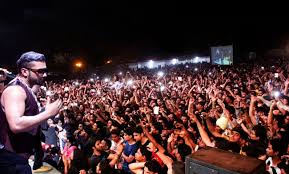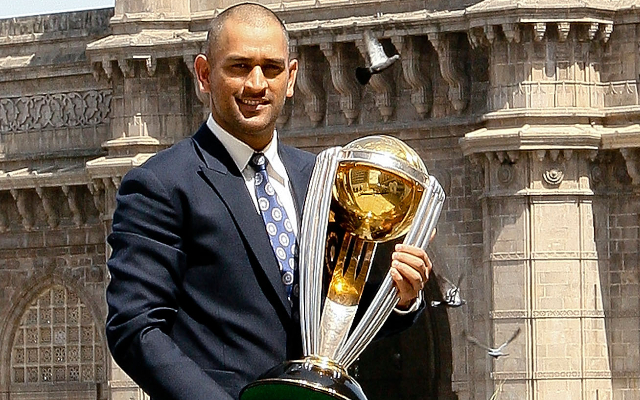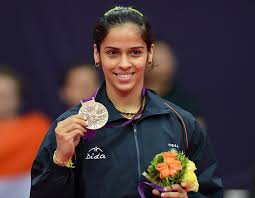
Saquib Salim
The 2010s saw India ruled by a stable government after more than two decades of coalition politics. It also saw a surge in the use of the internet and social media, and economic reforms. The youth had many to idolize, and these are my top five icons of the decade:
Honey Singh
In the new millennium, if there was one person who had changed the way India listened to music, it is Honey Singh. Initially ridiculed and criticised, Honey Singh became a trend setter in the 2010s. He introduced rap to Indian music. His lyrics, singing, and music became an instant hit with the youth; it led to the evolution of a new culture of hookups, breakups, and parties. Honey Singh was not only successful and the highest-paid singer, but his music and poetry brought a cultural renaissance among a new generation.

Honey Singh at a concert
He was a trend setter, and later others like Badhsah emerged on the scene. Rap became an in thing. Political parties used raps for campaigning, advertisements, movies, Dalit movements, etc., and all started composing raps to reach the masses.
Honey Singh changed the Indian music scene completely and unleashed a new era.
Smriti Irani
Smriti Irani was among a few Indian politicians who tasted success at a younger age. She was inducted as the youngest minister of the Narendra Modi government in 2014, the first woman to hold the portfolio of HRD. A former TV actress and model, her rise in politics was swift. She was nominated to the Rajya Sabha and became the President of the Women’s wing of the BJP in 2010. Young women admired her for her outspokenness, success, and hard work. She directly challenged the opposition leader, Rahul Gandhi.
 Smriti Irani
Smriti Irani
Smriti Irani went on to hold the important portfolios of Information and Broadcasting (I&B), Women and Child Development, Textiles, and Minority Affairs in her 10 years as a cabinet minister. She stood for a young India, where the worst criticism levelled against her was not of corruption or nepotism but of being ruthless to political opponents.
M. S. Dhoni
How many sportspersons have their biopic? In India, this honour was bestowed upon M. S. Dhoni, the man who led India to win the World Cup (2011), the T20 World Cup, and the ICC Champions Trophy. During the 2010s, Dhoni had broken two conventions: a) Indian wicketkeepers are not good at batting, and b) India cannot be the best cricketing side.

M S Dhoni with World Cup 2011
Dhoni turned the good cricketing side into the best. He provided that extra killer’s instinct that was needed to win close games from the jaws of defeat. The self-belief and confidence were raised to a level that Indians stopped believing that their side could ever be beaten.
Saina Nehwal
Saina Nehwal ensured that Badminton became one of the most followed Indian sports among women as well. After the success of Prakash Padukone and Pullela Gopichand, who was also her coach later, it was the turn of an Indian woman to become the best in the game. In 2012, she won an Olympic medal and rose to the No. 1 rankings in 2015, the first for an Indian woman and only second for an Indian after Padukone.

Her rise as a woman sportsperson was second only to Sania Mirza. She featured in commercial advertisements and is one of the most followed sports personalities on social media.
Saina is credited with popularising badminton in India.
Neeraj Chopra
In a country where the children follow cricket religiously, a few play football and fewer still play Tennis and Badminton, any other game is played on the margins. Among these less followed games, javelin throw was the least followed sport. In the 2010s, the scenario was changed by a young boy named Neeraj Chopra. The boy has since won an Olympic Gold, only the second individual Gold for India, and several International events, including another Olympic Silver.
.jpg)
Chopra is arguably the only athlete who features regularly in advertisement campaigns. Since his rise, Indians have followed the results of track and field events. Chopra’s on-field competition with Pakistani counterpart Arshad Nadeem has almost overtaken the Indo-Pak cricket rivalry of the 1980s and 1990s.
ALSO READ: 10 Muslim scientists who contributed to India's rise
Interestingly, an international tournament, the Neeraj Chopra Classics, has been named after him.
